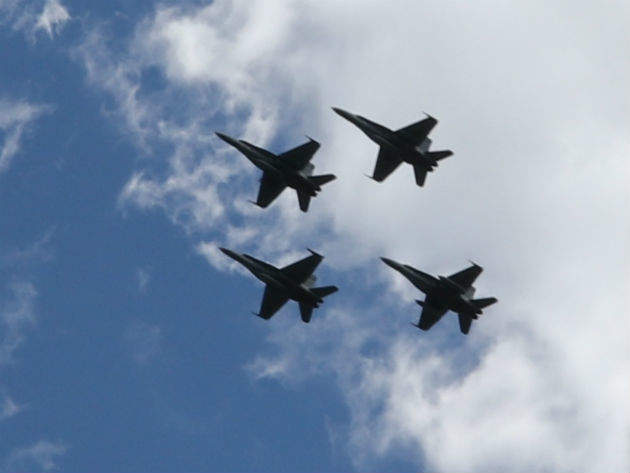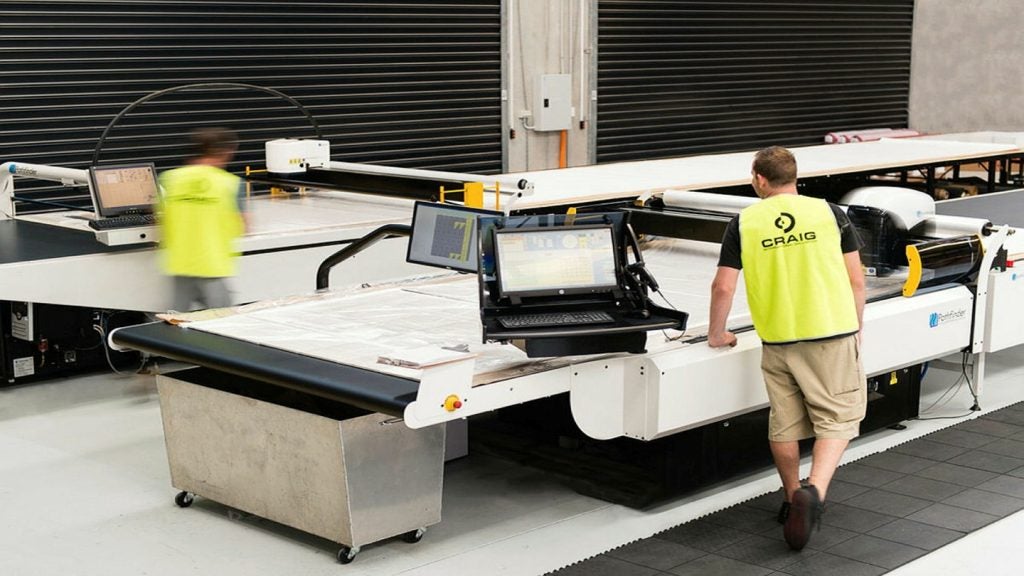

Finland is set to go on a major military shopping spree said to be worth several billion euros. For a nation that does not have a reputation as one of the world’s big military spenders, and has allocated an average of little more than 1.54% of GDP to defence since 1988, a procurement programme on this scale represents a major step-change after so many years of seriously constrained military budgets. It provides a significant opportunity for the global defence industry and has already caught the interest of a number of international suppliers.
Beyond replacing ships and aircraft, Helsinki’s shopping list also includes a counter artillery radar system, long-range, precision artillery projectiles, torpedoes – seemingly for the first time since WWII – and a controversial new kind of anti-personnel land mine. It all forms part of an overall plan to deliver a substantial capability boost in key pivotal areas in what the government’s Defence Report of January 2017 calls the “changed” operating environment of increased tension and military activity in the Baltic Sea region.
HX fighter replacement programme
The HX programme to replace the current fleet of 62 Boeing F/A-18 Hornet fighters is the biggest single project and by far the most expensive of the lot.
Despite around €2bn spent on various upgrades since 2000, a combination of structural fatigue, growing maintenance challenges and their widening capability gap against later, more-advanced aircraft mean that Finland’s Hornets will reach the end of their planned service life in 2025–2030. To maintain the capability of the air force beyond this point, the Finnish Ministry of Defence (MoD) launched its HX programme to identify a suitable multi-role replacement that can be brought into service as the existing fighters retire, and then remain viable in its role for at least 30 years.
The MoD issued a request for information (RFI) to manufacturers in November 2016, and Boeing’s F/A-18E/F Super Hornet, BAE Systems’ Eurofighter, Dassault’s Rafale, Saab’s JAS Gripen-E and the Lockheed Martin F-35 Lightning II are reported to be amongst the possible contenders. With an estimated project value of between €7bn and €10bn, the final procurement decision is expected to be made by the early 2020s.
How well do you really know your competitors?
Access the most comprehensive Company Profiles on the market, powered by GlobalData. Save hours of research. Gain competitive edge.

Thank you!
Your download email will arrive shortly
Not ready to buy yet? Download a free sample
We are confident about the unique quality of our Company Profiles. However, we want you to make the most beneficial decision for your business, so we offer a free sample that you can download by submitting the below form
By GlobalDataSquadron 2020
The mid-2020s will also see the Rauma-class fast-attack missile craft and Hämeenmaa-class minelayers reaching the end of their service lives, with a total of seven vessels destined for decommissioning, to be replaced by four new ‘Squadron 2020’ ships at an estimated cost of €1.2bn.
In addition the four Hamina-class fast-attack missile boats are scheduled for a mid-life upgrade to run between 2019 and 2021, which will include a torpedo-fit to improve the navy’s submarine-hunting capacity.
In September 2016, Finland signed a letter of intent with Rauma Marine Constructions to build the Squadron 2020 vessels which will be designed to operate year-round in the Baltic, and perform patrol, mine-laying, anti-aircraft defence, anti-submarine and surface warfare tasks. That was followed in the December by the issuing of RFIs for the new ships’ battle systems to twelve companies – domestic and foreign – covering the full weapons, command and control and sensor package and invitations to tender are to follow for selected suppliers. Shipbuilding contracts are scheduled to be signed in 2019, and the first naval engineering tests are planned for 2020, with the last of the four due to be handed over to the Navy in 2024.
Lessons from Ukraine
Recent events in Ukraine arguably offered many possible lessons for nations on Russia’s border, but one above all – the enormous battlefield impact of artillery – has resonated particularly strongly with Finland’s military planners. During the conflict it was estimated that around 85% of the casualties were caused by artillery fire, which makes a powerful and obvious case for both the possession of such capability, and the acquisition of effective countermeasures to defend against it.
As a result, Finland is set to beef up its already impressive arsenal, looking to complement its existing inventory of big-calibre artillery, heavy grenade launchers and multiple launch rocket systems with a future generation of long-range, high precision munitions. It has also been decided that counter artillery radar should be one of a number of high-priority programmes marked out for accelerated procurement, and the MoD aims to have the whole process completed, with the new radar in place and operational, by 2020.
According to the Finnish Armed Forces, six or perhaps seven possible systems could be in the running, including offerings from Elta Systems, Saab and Raytheon, with an overall project value reported to run into tens of millions of euros.
Courting controversy
Aircraft, ships and artillery systems are one thing; landmines are something altogether different and Finland’s intention to field a replacement for devices prohibited by international agreement was always going to prove contentious.
Despite a long held belief in the effectiveness of mines for area denial, Finland signed the Ottawa Treaty in 2011 and by 2015 had destroyed its stockpile of over one million anti-personnel mines (APMs), retaining 16,500 for “training and research” – more than any other signatory state, according to the International Campaign to Ban Landmines. After the National Coalition Party openly called for a withdrawal from the treaty in 2014, Finland’s current round of military upgrades has once again put its stance on APMs under the spotlight.
At the heart of the controversy lies a new kind of domestically developed landmine which seemingly launches itself into the air when triggered, and sprays fragments downwards from about waist height. While it has been argued that the largely steel construction of this new device makes it much easier to detect, critics rightly point out that it does nothing to make it less of a devastating threat to innocent civilians.
With Finland preparing to add these APMs to its inventory as early as 2018, and looking for a possible export market in some of the other European countries reported to have shown an interest in the project, it remains to be seen if, as some have claimed, it really will put the future of the Ottawa Treaty in jeopardy.
More spending to come?
The Finns will doubtless argue that they feel more threatened now than they did, and that the defence landscape in their region has changed; certainly the rest of the measures outlined in January’s Defence Report would bear out that thinking.
The wartime strength of Finland’s Defence Forces is set to rise by around 20% to 280,000, while it estimates that an additional €55m will be needed from 2018 to improve readiness, and a further €150m per year from 2021, over and above index adjustments, to maintain the level of materiel investments.
While Russia continues to flex its muscles and the strategic importance of the Baltic region grows, it seems likely that there will be more spending to come.







